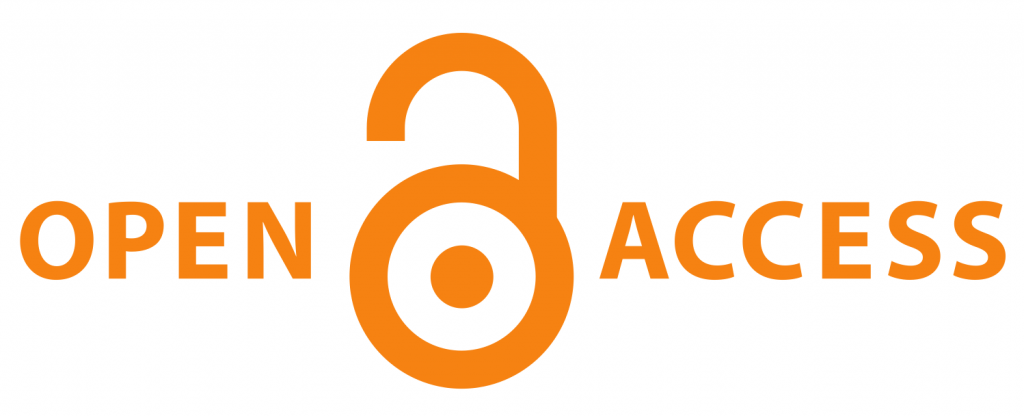A Case Study on the management of Pittashmari w.s.r. to Gall Bladder Stone
DOI:
https://doi.org/10.21760/jaims.v3i04.474Keywords:
Cholelithiasis, Ashmari, Accha Pitta, PittashmariAbstract
Gall stone disease is a worldwide medical problem, but the incidence rates show substantial geographical variation, Cholelithiasis (gallstone formation) results from a combination of several factors, including super saturation of bile with cholesterol, accelerated nucleation of cholesterol monohydrate in bile, and bile stasis or delayed gallbladder emptying due to impaired gallbladder motility. In India it is more common in women in north, north-east and east as compared to other zones in the country. The disease Gall Stone has not been described directly in Ayurvedic classics. The word Ashmari in Ayurveda stands for stone which is described only in the context of Bastigata Ashmari (urinary calculi). After analyzing the Ayurvedic texts it was found that the bile secreted from gall bladder can be correlated with Accha Pitta mentioned in Ayurveda due to the similarity in location and function. The pathogenesis of the disease occurs due to the abnormal formation of Kapha during the process of digestion and its vitiation due to Vata. Once gallstones become symptomatic, definitive surgical intervention with cholecystectomy is usually indicated (typically, laparoscopic cholecystectomy is first-line therapy at centers with experience in this procedure). The present article deals with “Management of Pittashmari - A Case Study”
Downloads
References
Alan R. Gaby et al, Nutritional approaches to prevention and treatment of Gallstones, Alternative medicine review, Volume 14, Number 3, 2009. P. 258
Ravidatta Tripathi, Charakasamhita with Vidyamanorama Hindi commentary, Chaukhamba Sanskrit Pratishthan, delhi, 2009. Chikitsasthana 26/36, Pg. 630
Kasper DL, Braunwald E, Fauci AS, Hauser SL, Longo DL, Jameson JL, Loscalzo J. (2008). Harrison's principles of internal medicine (17th ed.). New York: McGraw-Hill Medical Publishing Division. Pg. 1993















